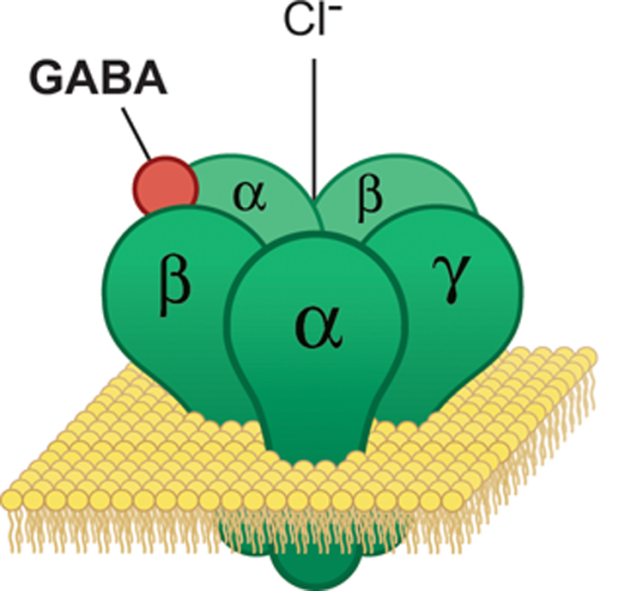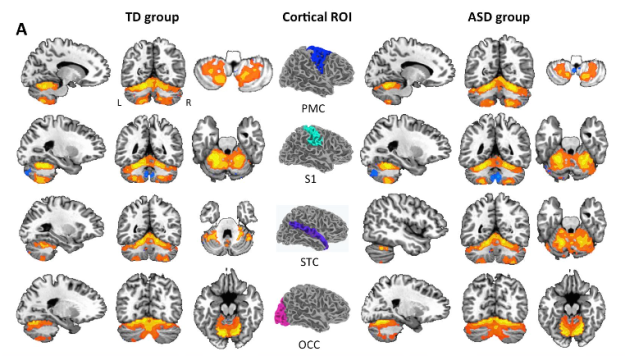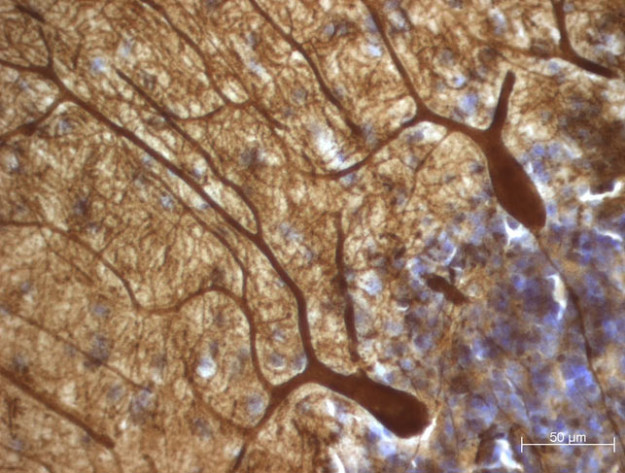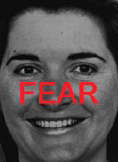Seeing things differently: Altered GABA signaling at play in autistic visual perception
Evidence is mounting that GABA, an inhibitory neurotransmitter, plays a critical role in autism. Genetic studies, animal models, and examination of post-mortem tissue from individuals with autism all suggest the GABA signaling pathway is wired differently in neurotypical and autistic brains. However, studies in living humans to support these claims are sparse, and much has…










